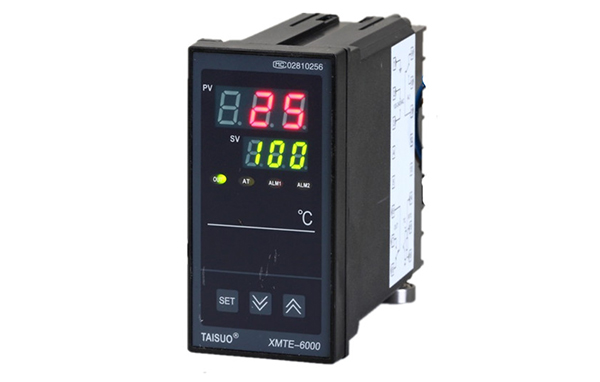The maintenance and care of mineral insulated cables first need to start with scientific planning. This includes developing a detailed maintenance plan and clarifying the inspection cycle and inspection content. Regular inspection is the basis for ensuring that the cable is in good condition. It can help to find and deal with potential problems in a timely manner, thereby avoiding the occurrence of failures. During the inspection process, focus on the appearance, insulation layer, and joints of the cable to observe whether there are wear, aging, cracks, or looseness. At the same time, use professional testing equipment to test the insulation performance of the cable to ensure that it meets the standard requirements.
During the use of mineral insulated cables, dust and dirt may accumulate on the surface, which will not only affect the heat dissipation performance of the cable, but also may damage the insulation layer. Therefore, regular professional cleaning is an important part of maintenance work. During the cleaning process, appropriate cleaning tools and materials should be used to avoid the use of chemical cleaners that may damage the cable. At the same time, it is also crucial to keep the environment around the cable dry and ventilated to prevent moisture from causing the insulation performance of the cable to deteriorate.
Although mineral insulated cables have excellent fire resistance, special attention should still be paid to waterproofing and moisture-proofing in humid environments. For parts that are susceptible to moisture, such as cable joints, effective waterproof measures should be taken, such as installing waterproof sleeves and applying waterproof coatings, to ensure that the insulation performance of the cable is not affected. In addition, when laying cables, dry and well-ventilated paths should be selected as much as possible to reduce the risk of cable moisture.
The installation process of mineral insulated cables also requires delicate operations to avoid cable damage during installation. Before installation, the cable model, specifications, insulation resistance and other parameters should be carefully checked to ensure that they meet the design requirements. During the laying process, the cable should be prevented from being excessively bent or squeezed to avoid damaging the insulation layer. At the same time, the connection between the cable and the equipment should use a special connector, and ensure that the connection is firm and the sealing is good. When fixing the cable, appropriate clamps and brackets should be used to prevent the cable from shaking or displacing during operation.
Establishing a complete cable maintenance and overhaul record management system is of great significance to ensure the long-term and stable operation of mineral insulated cables. After each maintenance and overhaul, the relevant information should be recorded in detail, including maintenance time, maintenance personnel, maintenance content, fault phenomenon, fault cause and troubleshooting method. These records not only help track the operation status of the cable, but also provide important reference for subsequent maintenance and repair work. By regularly analyzing these recorded data, problems and hidden dangers in the cable system can be discovered in time, and appropriate measures can be taken to deal with them.

 English
English русский
русский 简体中文
简体中文












 Ins: tai_suo
Ins: tai_suo

